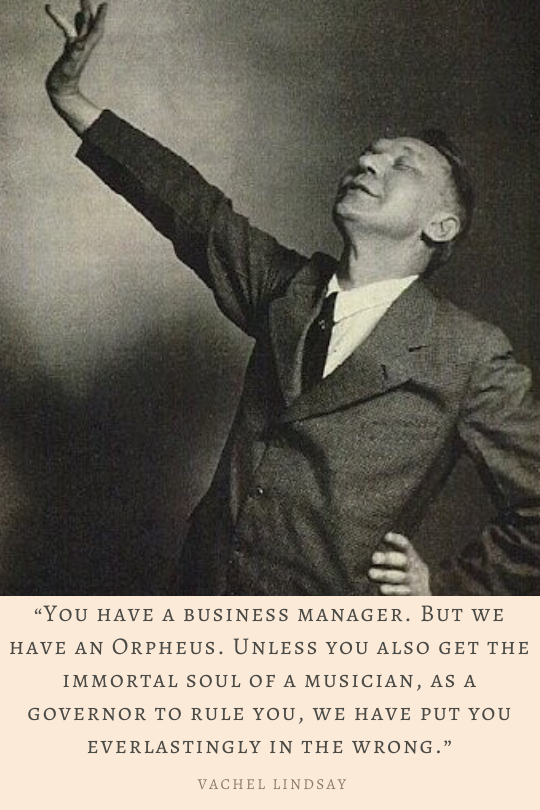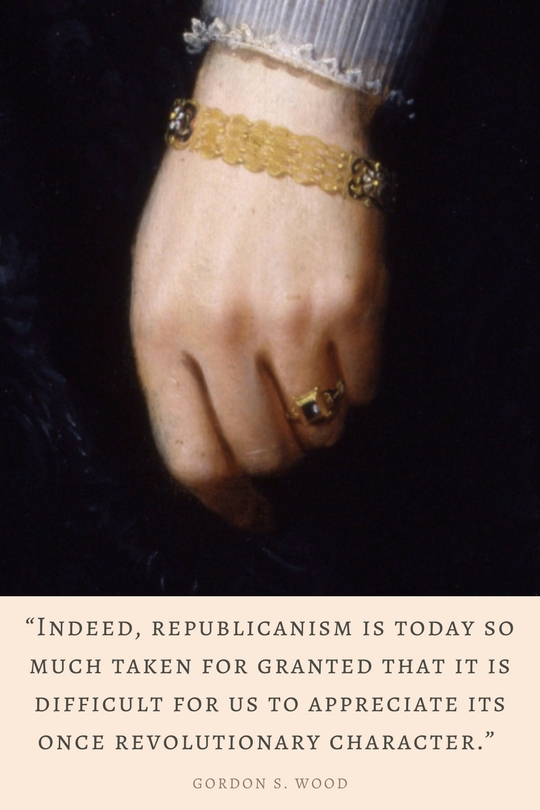Spiritual Philosophy without God: Subba Row on Pragna and the God of Theology
Edited December 2023
The positions of Tallapragada Subba Row on PRAGNA are also the doctrine of Samkhya and the Nepalese Svabhavikas on the nature of reality. T. Subba Row attempts to solve in his Collected Writings the issue between Personal God vs. Impersonal God. Subba Row explains, that the theory of a god outside of Space and Time possessing the conceivable attributes of an Ego should be rejected.
PRAGNA1 (प्रज्ञ) is the very capacity of perception, the purest state of wisdom, and “exists in seven different aspects corresponding to the seven conditions of matter.” So, correspondingly, “there are six states of differentiated Pragna, the seventh state being a condition of perfect unconsciousness” or, that seventh state is the aspect of cosmic matter in its original undifferentiated condition called Parabrahman, and “Parabrahm is not God.”
“This entity is neither matter nor spirit; it is neither Ego nor non-Ego; and it is neither object nor subject. In the language of Hindu philosophers it is the original and eternal combination of Purusha and Prakriti. As the Adwaitees hold that an external object is merely the product of our mental states, Prakriti is nothing more than illusion, and Purush is the only reality; it is the one existence which remains eternal in this universe of Ideas. This entity then is the Parabrahmam of the Adwaitees. Even if there were to be a personal God with anything like a material Upadhi (physical basis of whatever form), from the standpoint of an Adwaitee there will be as much reason to doubt his noumenal existence as there would be in the case of any other object. In their opinion, a conscious God cannot be the origin of the universe, as his Ego would be the effect of a previous cause, if the word conscious conveys but its ordinary meaning. They cannot admit that the grand total of all states of consciousness in the universe is their deity, as these states are constantly changing and as cosmic idealism ceases during Pralaya. There is only one permanent condition in the universe which is the state of perfect unconsciousness, bare Chidakasam (field of consciousness) in fact.
When my readers once realise the fact that this grand universe is in reality but a huge aggregation of various states of consciousness, they will not be surprised to find that the ultimate state of unconsciousness is considered as Parabrahmam by the Adwaitees.
The idea of a God, Deity, Iswar, or an impersonal God (if consciousness is one of his attributes) involves the idea of Ego or non-Ego in some shape or other, and as every conceivable Ego or non-Ego is evolved from this primitive element (I use this word for want of a better one) the existence of an extra-cosmic god possessing such attributes prior to this condition is absolutely inconceivable.” (T. Subba Row, Personal and Impersonal God, pp. 202-203)
This philosophy about the ultimate nature of Space and Duration, of MATTER, FORCE, MOTION, ELECTRICITY vastly differs from the belief, that life is governed by a single conscious super-entity or deity. This god, which the questioner puts to Bill Nye, cannot be what it says it is, if it is even real. Also, if such a being is real, should we worship it? The theist must obey, in accordance to the impression of such beliefs on one’s mind, but my answer is no, as well as advised by Blavatsky and the masters. The atheist already understands the importance of arguing against this theory, but it is vital that theosophists do once more as well.
Thus K.H. says:
“…the best Adepts have searched the Universe during milleniums and found nowhere the slightest trace of such a Machiavellian schemer — but throughout, the same immutable, inexorable law.” (K.H., The Mahatma Letters to A.P. Sinnett, Letter no. 22)
On page 10 of The Secret Doctrine, Vol. 1., Blavatsky argues, that the highest philosophical conception of Deity in almost every ancient religion is SPACE, limitless, and ever-lasting. It was represented first by a circle. Its one absolute attribute is Itself, which Cratylus states is, moving, hence eternal, perpetual motion. It is only possible as a conception in the human mind if the conception is divorced from any shape or form.
“If we ask the theist is your God vacuum, space or matter, they will reply no. And yet they hold that their God penetrates matter though he is not himself matter. When we speak of our One Life we also say that it penetrates, nay is the essence of every atom of matter; and that therefore it not only has correspondence with matter but has all its properties likewise, etc. — hence is material, is matter itself. . . .” (K.H., The Mahatma Letters to A.P. Sinnett, Letter no. 10, Received at Simla, 1881-? ’82.”)
It is made clear in the Key to Theosophy, that this occult philosophy rejects the idea of God with a mind of a man, merely involved in the cycle of creation, rather than “the ideal conception of the eternal universe.” The anthropomorphism is still pervasive. Even then, the conception they write of, “is the essence of every atom…it is matter itself,” rather than a being separated from it, and controlling it. In rejecting the theistic theory, K.H. says to A.O. Hume, “then what do we believe,” and he gives a detailed answer, confidently stating, “Our doctrine knows no compromises. It either affirms or denies (…) The God of the Theologians is (…) an imaginary power,” that has never yet manifested.
“The esoteric doctrine teaches, like Buddhism and Brahminism, and even the Kabala, that the one infinite and unknown Essence exists from all eternity, and in regular and harmonious successions is either passive or active. In the poetical phraseology of Manu these conditions are called the “Days” and the “Nights” of Brahma. The latter is either “awake” or “asleep.” The Svabhavikas, or philosophers of the oldest school of Buddhism (which still exists in Nepaul), speculate only upon the active condition of this “Essence,” which they call Svabhavat, and deem it foolish to theorise upon the abstract and “unknowable” power in its passive condition. Hence they are called atheists by both Christian theologians and modern scientists, for neither of the two are able to understand the profound logic of their philosophy. The former will allow of no other God than the personified secondary powers which have worked out the visible universe, and which became with them the anthropomorphic God of the Christians — the male Jehovah, roaring amid thunder and lightning. In its turn, rationalistic science greets the Buddhists and the Svabhavikas as the “positivists” of the archaic ages. If we take a one-sided view of the philosophy of the latter, our materialists may be right in their own way. The Buddhists maintained that there is no Creator, but an infinitude of creative powers, which collectively form the one eternal substance, the essence of which is inscrutable — hence not a subject for speculation for any true philosopher. Socrates invariably refused to argue upon the mystery of universal being, yet no one would ever have thought of charging him with atheism, except those who were bent upon his destruction.” (Helena P. Blavatsky, The Secret Doctrine, Vol. 1., pg. 3-4.)
The earliest philosophical schools in India demonstrate spiritual philosophies that have and can exist without the God-theory. David Reigle, an independent scholar on Tibetan Buddhism and Theosophy explores its ideological content. In God’s Arrival in India, David Reigle argued that the original philosophical schools of Hinduism lacked the notion of God. The Vedic philosophers describe a metaphysical realism, in which the idea of the One and the Many does not contradict in neither form nor substance.
Hence, the distinctive teaching of Theosophy, or the pre-Vedic Wisdom-Religion at the basis of its argument, that the universe is matter alone, is the fundamental position of the Samkhya system (Tracing the Ancient Wisdom-Religion in Theosophy and Samkhya), the oldest school of classical Indian philosophy. It is not taught in Buddhism, and has been abandoned by the other schools, or darsanas, that for centuries there have been no adherents to defend it. This worldview however, as scholars have shown, was once the prevailing worldview throughout ancient India as opposed to the creator god belief. In Siddhartha’s youth in the Buddhacharita, he is shown being taught this position on his quest for enlightenment. It is considered to be the first darsana, advanced by the sage Kapila, the first knower (adi-vidvan).
This is an outline in a compilation prepared by David Reigle on The First Fundamental Proposition: The One Reality:
- There is one reality, and this is described also as the one element;
- The one reality is considered under two aspects — Matter and Spirit: as two aspects of the one element;
- The one reality is described as matter (later changed to substance because of its limited meaning in the English to the physical reality), but it is in essence indestructible and eternal;
- The one reality is described as space;
- The one reality is described as a limitless void (emptiness), but also a conditioned fullness (plenum, not empty space);
- The one reality is described as primordial darkness;
- The one reality is described as motion, the great breath, unconditioned consciousness (or spirit), the one life, inherent nature (i.e., tao, svabhava), or force, etc.
- The FATHER in the Gospels, from an esoteric standpoint could be seen as an equivalent to Pragna. ↩︎










